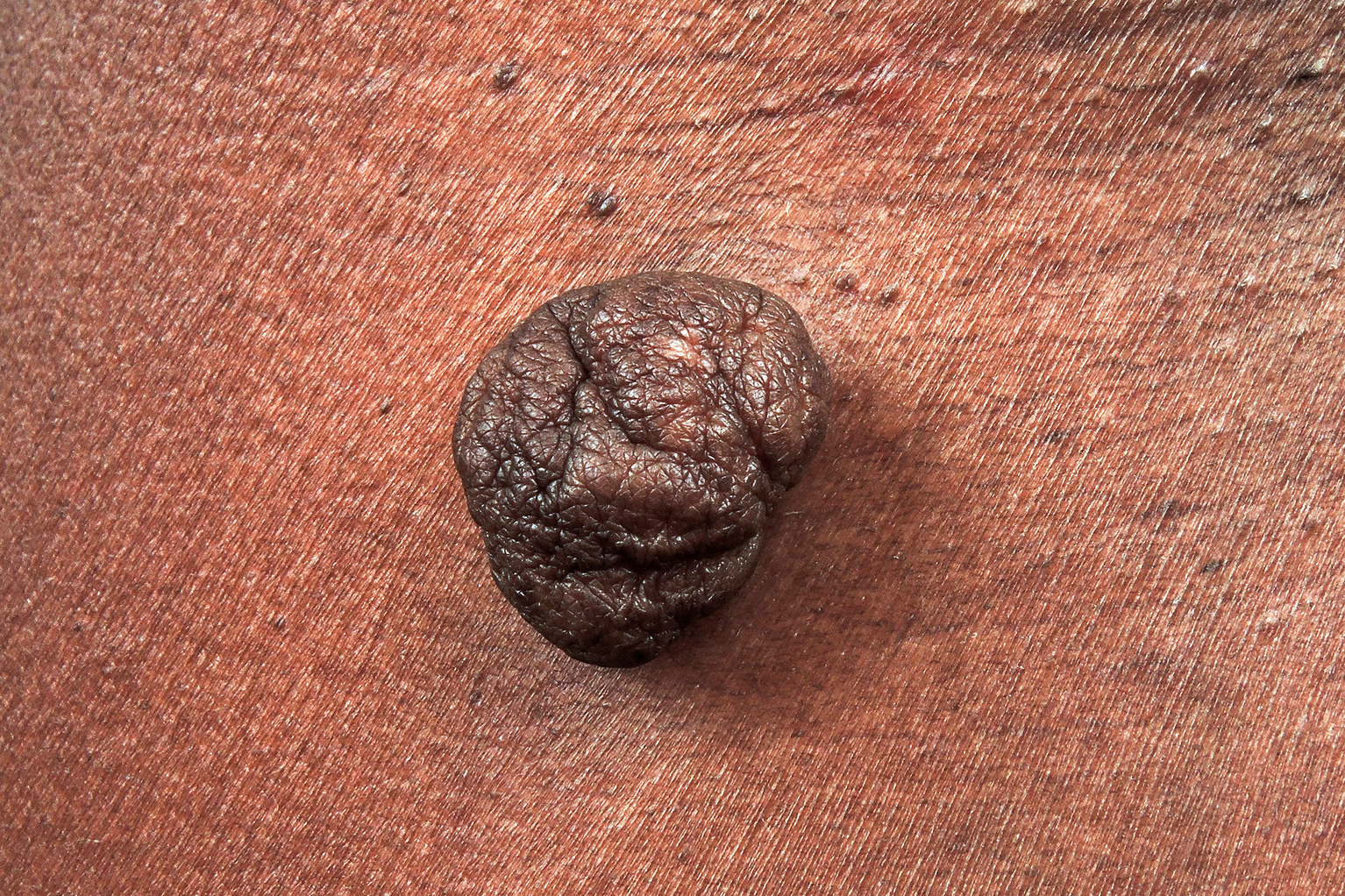Recents

Pityriasis Rosea
Pityriasis rosea is a relatively common skin condition that causes a temporary rash of raised red scaly patches on the body. It can affect anyone, but it's more common in older children and young adults (aged 10 to 35). %%IMAGE%% <span class='h3 bold'>Symptoms</span> Some people feel unwell for a few days before they get the rash, with symptoms such as a headache, high temperature and joint pain. A single pink or red oval patch of scaly skin, called the "herald patch", usually appears at least 2 days before a more widespread rash develops. The herald patch ranges in size from 2cm to 10cm. It can appear on your tummy, chest, back or neck, and less often on your face or scalp, or near your genitals. Up to 2 weeks after the herald patch appears, a more widespread rash develops, which may continue to spread over the following 2 to 6 weeks. This rash is small, raised, scaly patches that usually range in size up to 1.5cm. Most people get many patches on their chest, back, tummy, neck, upper arms and upper thighs. The face is not usually affected. The rash is not painful, but it can be itchy. In light-skinned people the patches are usually a pinkish-red. In dark-skinned people the patches can sometimes be grey, dark brown or black. Both the herald patch and rash usually last for 2 to 12 weeks, although they can last for up to 5 months. After the rash has gone, you may have some darker or lighter areas of skin. These should return to normal within a few months and will not leave permanent scarring. <span class='h3 bold'>Treatments</span> Pityriasis rosea usually gets better without treatment within 12 weeks. Treatment is not needed unless you experience discomfort and itching. Possible treatments for pityriasis rosea include: %%TREATMENTS%%

Molluscum Contagiosum
Molluscum contagiosum is an infection caused by a poxvirus (molluscum contagiosum virus). The result of the infection is usually a benign, mild skin disease characterized by lesions (growths) that may appear anywhere on the body. Within 6-12 months, Molluscum contagiosum typically resolves without scarring but may take as long as 4 years. %%IMAGE%% <span class='h3 bold'>Symptoms</span> The lesions, known as Mollusca, are small, raised, and usually white, pink, or flesh-colored with a dimple or pit in the center. They often have a pearly appearance. They’re usually smooth and firm. In most people, the lesions range from about the size of a pinhead to as large as a pencil eraser (2 to 5 millimeters in diameter). They may become itchy, sore, red, and/or swollen. Mollusca may occur anywhere on the body including the face, neck, arms, legs, abdomen, and genital area, alone or in groups. The lesions are rarely found on the palms of the hands or the soles of the feet. <span class='h3 bold'>Treatments</span> Because molluscum contagiosum is self-limited in healthy individuals, treatment may be unnecessary. Nonetheless, issues such as lesion visibility, underlying atopic disease, and the desire to prevent transmission may prompt therapy. Treatment for molluscum is usually recommended if lesions are in the genital area (on or near the penis, vulva, vagina, or anus). If lesions are found in this area it is a good idea to visit your healthcare provider as there is a possibility that you may have another disease spread by sexual contact. Treatments include: %%TREATMENTS%%

Skin Tags
Skin tags are usually the same colour as the rest of your skin, or a little darker. They can look like they're hanging off the skin. They do not usually hurt and are normally harmless. %%IMAGE%% <span class='h3 bold'>Symptoms</span> Skin tags often grow where your skin rubs together or where there are folds in your skin. Skin tags range in size from around 2mm to 5cm. You may get one or you may get a large group of them. Skin tags can sometimes be confused with warts or moles, but they are different: %%SYMPTOMS%% <span class='h3 bold'>Treatments</span> Skin tags do not need to be removed, but if they're causing problems they can be removed: %%TREATMENTS%% Once a skin tag is removed it does not usually return. Removing skin tags can cause scarring or darken skin (hyperpigmentation) where the skin tag was, particularly on black or brown skin. These effects are usually temporary, although it can sometimes be permanent.